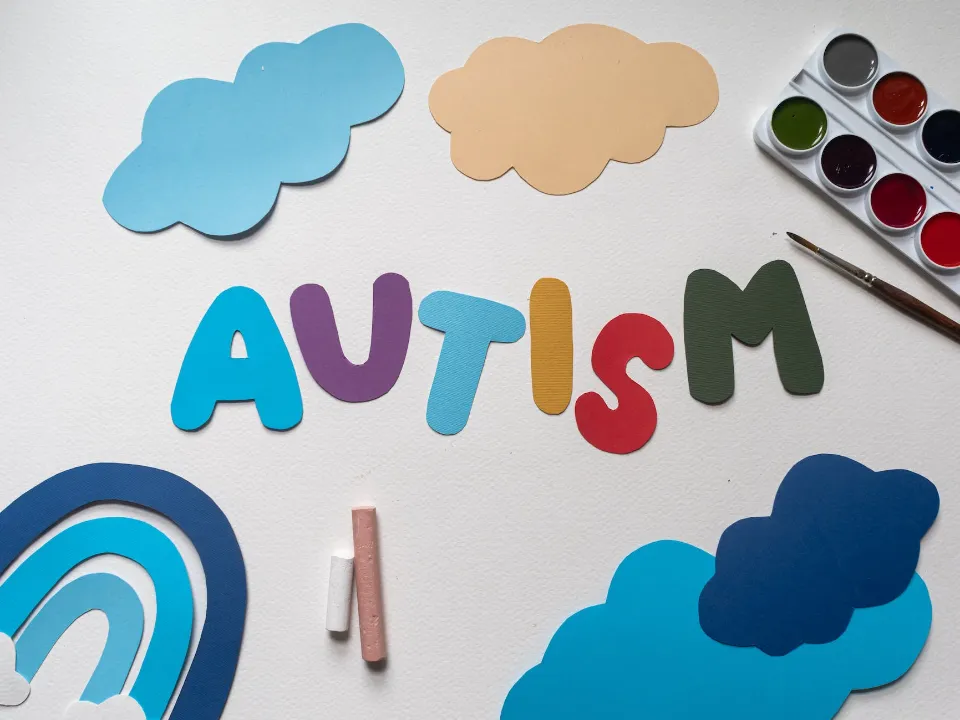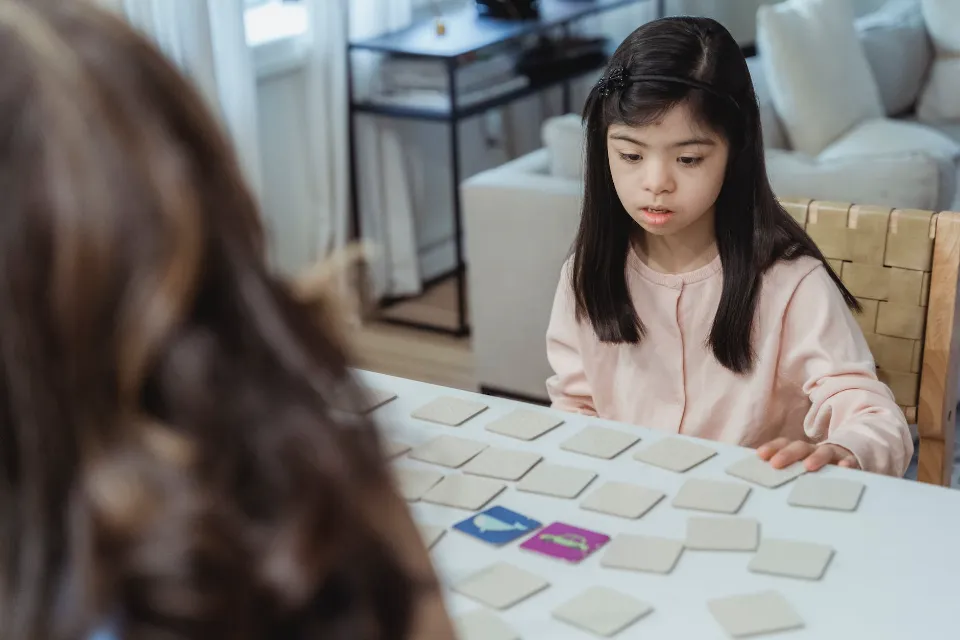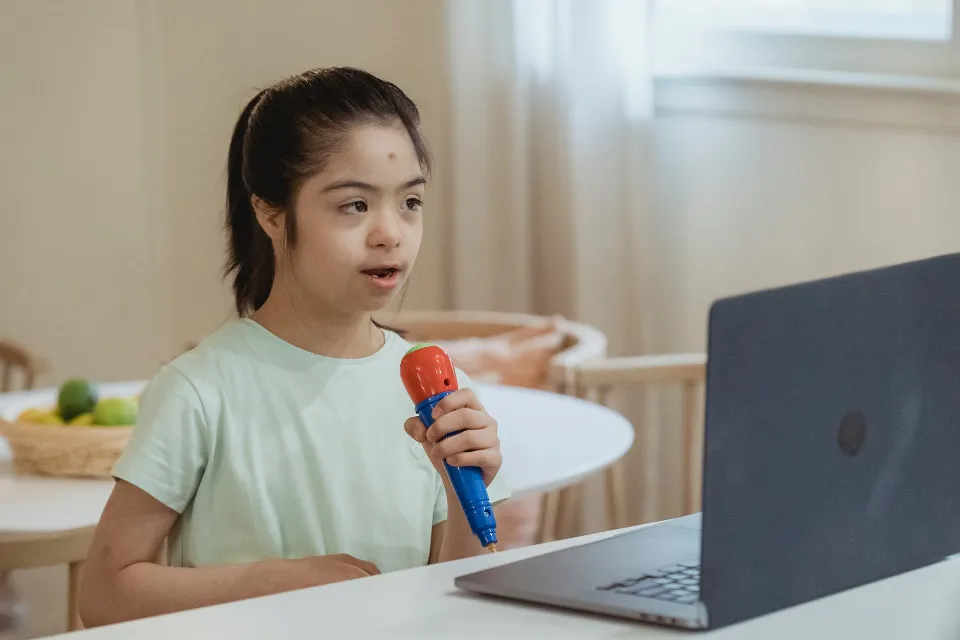
How to Teach Independent Living Goals to Students With Autism?
Learn more about teaching independent living skills to students with autism in order to promote independence.
Living independently is a goal that most people have for themselves, especially as they transition into adulthood. In the same way that their parents and caregivers do, people with intellectual disabilities and other illnesses like autism spectrum disorder frequently want to live as independently as possible.
The International Journal of Developmental Disabilities refers to independent living (IL) as the “right of every individual to make his/her own decisions about his/her life and to control his/her daily life itself.” Here are some tips for teaching students with autism the importance of independent living goals.
What Are Independent Living Skills?
In general, autism independent living skills include skills necessary to live independently, such as:
- Personal hygiene
- Laundry
- Grocery shopping
- Food preparation
- Transportation
- Shopping in general (clothing, toiletries, etc.)
- Managing finances
- Room/home care

Depending on where your child is on the autism spectrum, different life skills objectives will apply. Nevertheless, whether or not your child stays in your home for the rest of their life, teaching them or life skills for autism will help them or become more independent and powerful.
Tips for Teaching Independent Living Skills to Children With Autism
It’s okay if you’re only now beginning to realize how crucial it is to help your child develop independence! You can help your teen develop independence and autism-specific life skills in a number of straightforward and manageable ways.
Individualize Your Teaching Approach
Even people with autism spectrum disorders are unique individuals. The kinds of skills you should emphasize when promoting independent living will depend on your child’s particular needs, skills, aspirations, and your own as well as their own. Make sure to tailor your teaching strategy to your child’s needs.
Structured Vs. Natural Approach
Your approach can be formal or structured, more organic and flexible, or a combination of the two when teaching independent living skills to a child with autism.
As an illustration of how to teach your child a skill in a structured manner, have him practice explaining to you verbally the steps to making a snack (such as a peanut butter and jelly sandwich) or ordering the steps when you show him pictures or words that represent the steps. Making a sandwich with your child during snack time is a natural way to teach.
Assessing Your Child’s Current Skills
The current skill levels of your child should be evaluated. Keep an eye out for your child and note both the good things and the problems they encounter. Alternately, concentrate on a single skill and decide which element your child needs extra help with.
You might also think about having your child undergo a formal evaluation from a Board-Certified Behavior Analyst (BCBA), who can assess their level of functioning right now and pinpoint any areas they need to improve in.

Use Visual Supports
Children with autism can learn new skills very effectively by using visual aids. The child may receive visual cues or assistance from the adult to help them complete particular tasks more successfully and independently. These consist of tools like charts, lists, calendars, picture schedules, color coding schemes, checklists, and token boards.
Other Supports to Help Your Child
Technology can also support your child’s ability to live independently. For instance, if they have a smartphone, you could assist them in using the calendar or in setting alarms to remind them to complete specific tasks.
Practice, Practice, Practice
For anyone, achieving independence is not simple. Even for those without disabilities, daily living abilities, self-care abilities, and other crucial skills that support independent living typically require a lot of practice. It will take time for your child to learn independence, so be encouraging and supportive.
It is also advised that you provide your child with multiple opportunities to practice the skills you are emphasizing. For instance, if your child is learning about how to count and spend money, you can practice this with play money during playtime with your child or you might set up a “store” at home and have your child earn money they can spend on items in your store. Give your child opportunities to practice this in the real world and in the neighborhood as well.
Creating Routines
Developing routines is a crucial strategy for promoting independent living. By setting an example for them, you can assist your child. Establish routines for both you and your child to follow. You can assist your child in adhering to daily schedules for activities that are crucial to their daily lives.
In order to increase their independence with respect to carrying out daily routines, you can provide visual supports, such as a checklist.

Supporting Independent Living in Children and Young Adults With Autism
There are a few things you should take into account if you want your autistic child or adult to have more success with independent living. The person that you are helping should be able to do the following:
- Recognize, evaluate, and prioritize his/her interests, capabilities, and primary needs
- Know his abilities
- Recognize and communicate his preferences, values, and beliefs
Try to first assist autistic individuals in identifying their own personal interests, skills, and needs as well as their preferences, values, and beliefs before attempting to teach them independent living skills. These will aid in better preparing them for independent living in their current and future residences.
A person who is self-aware and reflective of their own needs, abilities, and preferences, for instance, is better able to choose a job that complements their unique personality.
- Can they access fun activities and participate in them?
- Does their job involve a lot of interpersonal contacts?
- Is the work noisy, or can it be done from the privacy of their home?
Such inquiries can aid those on the spectrum in determining an appropriate career path.
Conclusion: Students With Autism
Building a solid foundation involves concentrating on the best ways to teach skills now while keeping the demands of the future in mind. Autism has challenges, but many of those challenges also have a positive side. Despite the fact that we might never be prepared for our children to live independently, we can prepare them in advance.
Consult with your child’s medical team to decide the best next step in their journey if you have concerns about the behavior of your autistic teenager or believe they need more resources to thrive.


